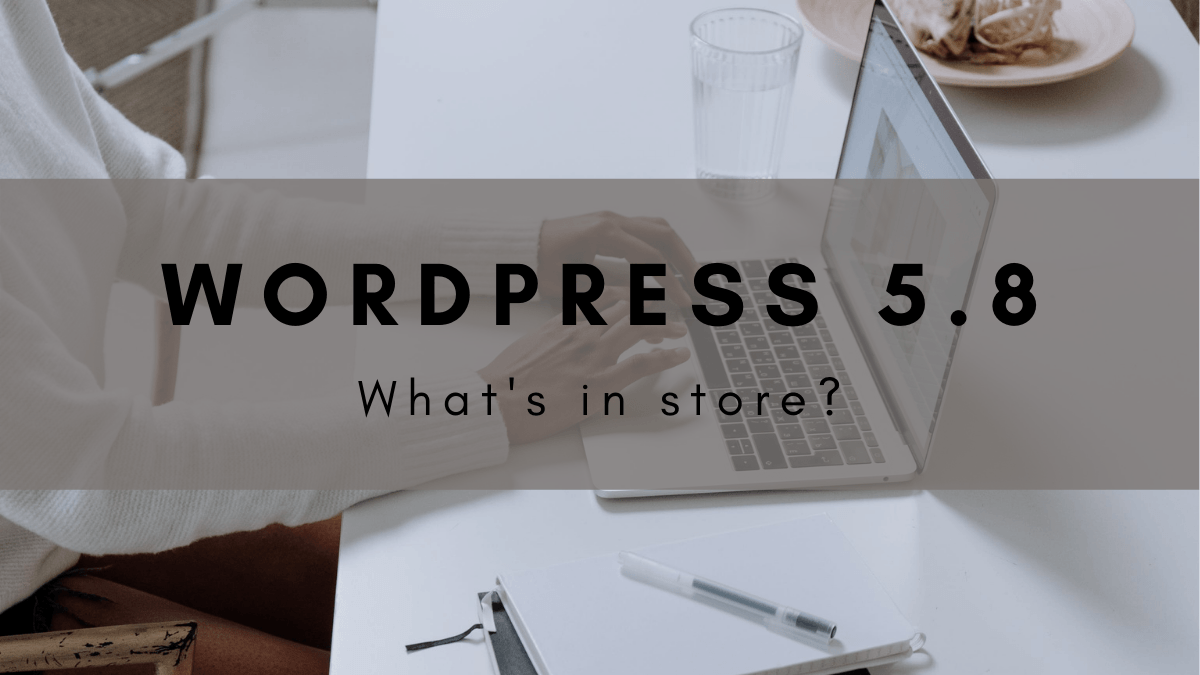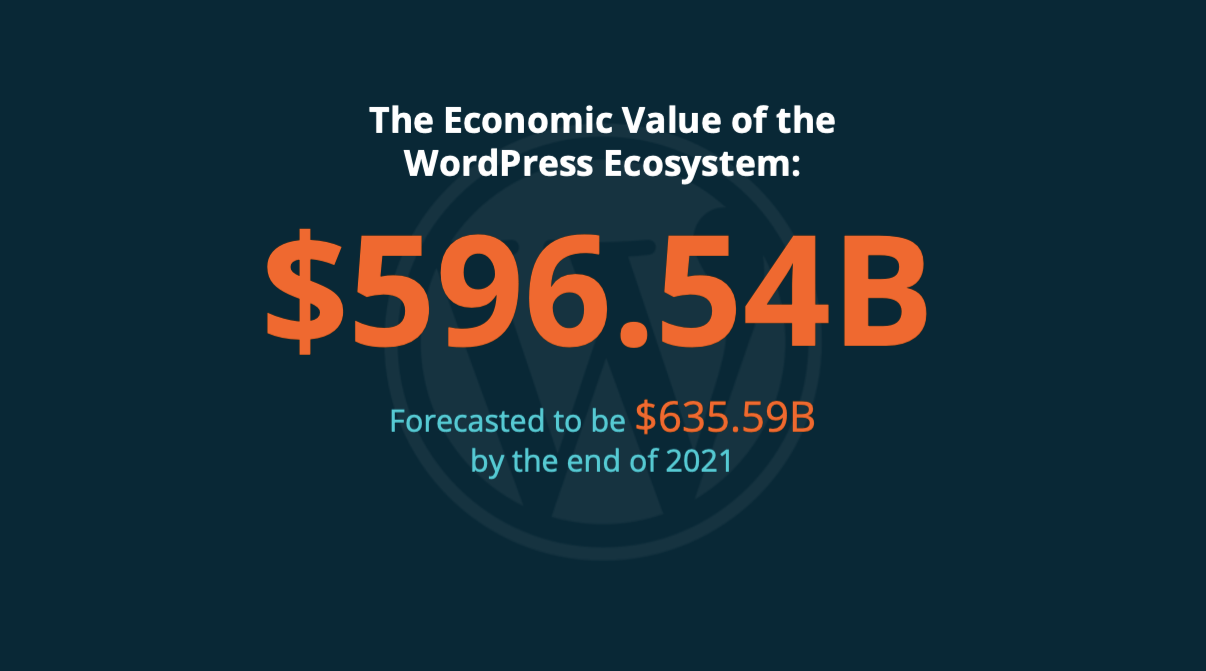WordPress users can quickly create custom layouts with page builders. For WordPress native users, Gutenberg has started changing beginners’ lives with a point-and-click interface.
However, if designing complex layouts is required, users can switch to find ways in 3rd party page builders, such as Divi, Elementor, and WP Bakery.
In this resource – you’ll learn about WordPress page builders – Gutenberg and 3rd party builders for WordPress, along with pros, cons, and comparison.
Introduction to Gutenberg
Gutenberg is a native page-building experience for WordPress users. In WordPress 5.0, Gutenberg started coming packed in the core package.
Unlike Classic editor in WordPress, Gutenberg features block-editing for WordPress pages and posts. When created with Gutenberg, a page or post in WordPress is composed of blocks for various media – such as text, images, and lists.
As described earlier – Gutenberg has replaced the WordPress Classic Editor. If you don’t prefer using Gutenberg, install the Classic plugin to experience traditional editing in WordPress.
Introduction to Page Builders
Page builders help users create WordPress pages and posts with a custom design.
A page builder is a plugin, theme, or script for WordPress – That provides a drag-and-drop user interface for page-building experience – such as text, images, blurbs, code snippets, and layouts.
By using page builders in WordPress, users can create custom layouts, pages, and post templates without learning – how to code. Examples of page builders for WordPress include Divi Builder, Elementor, and Beaver.
Gutenberg vs Page Builders
Let's proceed to address, describe, and learn about Gutenberg vs Page builder’s factors.
Benefits
WordPress page builders help beginners create pages with a custom design without learning how to code.
Depending on a page builder's features, you can design WordPress native pages and posts – and pages used to sell products, capture leads, and show users specific messages – such as landing, squeeze, and pages with 404 messages.
Pros and Cons
Gutenberg, as the WordPress native page builder – doesn’t ask for additional installation.
On the other hand – if you aim at using a 3rd party page builder in WordPress – installing a page-building plugin is undeniable, such as Divi Builder.
Comparison
Let’s address what users should conclude – if choosing between Gutenberg and 3rd party page builders is the only option.
Native vs 3rd party Use Cases
Gutenberg comes packed in the WordPress core. Users don’t need to use separate extensions with Gutenberg. However, the case with 3rd party page builders is different.
Third-party page builders require separate plugin installation in WordPress. Once a plugin, script, or extension for a page builder is installed, you can start creating custom layouts in WordPress.
Functionality
Compared to advanced page-building experience, Gutenberg is falling behind in handling full-site editing.
In most cases, Gutenberg may need additional extensions to create custom headers or footers in WordPress. On the other hand, page builders like Divi Builder can perform full-site editing, custom Headers, Footers, import and export templates, and integrate editing features for posts, pages, and categories.
Compatibility Issues
Gutenberg is comfortable with the WordPress platform, thousand of Themes, and 3rd party plugins in WordPress. If the WordPress core supports a specific infrastructure, the Gutenberg editor has no problems.
However – 3rd party page builders may need additional infrastructural support.
For example – Divi Builder doesn’t load if your site runs with a lower version of PHP. In this case, upgrading your site’s PHP is the only option if you aim to design custom pages with Divi Builder.
Formatting options
Gutenberg provides essential elements, drag-and-drop options, and a formatting interface. In Gutenberg – you can style elements, drag blocks on the same page, and make minor changes in design.
In this case, 3rd party page builders provide more features than Gutenberg.
Page builders help you add widgets, style, resize, and perform complex designs with a drag-and-drop user interface. Page builders also help you back up your custom layouts, copy to a new page, or tag widgets as Global.
Professional Tips
- As Gutenberg is part of WordPress core, the entire site's backup helps you back up custom pages. However, in the case of using 3rd party page builders – custom layouts stop working if importing backup fails.
- If you haven’t installed the Classic Editor Plugin – you can access Gutenberg on the WordPress default editor page. However, a 3rd party page builder must load a separate interface for custom designing.
- If, for some reason – you decide to switch back to Classic editing in WordPress, you can quickly convert Gutenberg blocks to a classic interface. However, such routines seem hard when using 3rd party page builders. Conversion is not possible in page builders – custom pages designed with a page builder don’t work with another.
- Learning WordPress Gutenberg is more accessible than using 3rd party page builders. Beginners should start with Gutenberg – and switch to page builders for more customization and design features.
What should Beginners use: Gutenberg or Page Builders?
As described above, beginners should start using Gutenberg. After going through primary page building with Gutenberg Blocks, switching to 3rd party page builders becomes undeniable for advanced features.
You can replicate custom layouts made with 3rd party page builders, such as using Divi templates on multiple sites. Keep in mind – Gutenberg may fall short of providing similar functionality.
Conclusion
In this article – you learned how WordPress native block editor, Gutenberg helps you create pages with blocks. Also, you learned about 3rd party page builders, providing complex features for custom designs.
If designing complex page templates in WordPress is not a priority – you can float with Gutenberg. However, page builders provide advanced features for complex designs, custom page templates, backup options, integration with 3rd party tools, and automation.
For more information on how to create custom page templates in WordPress, let us know your thoughts. We would love to help you sort out WordPress page building, design, development, and support.



